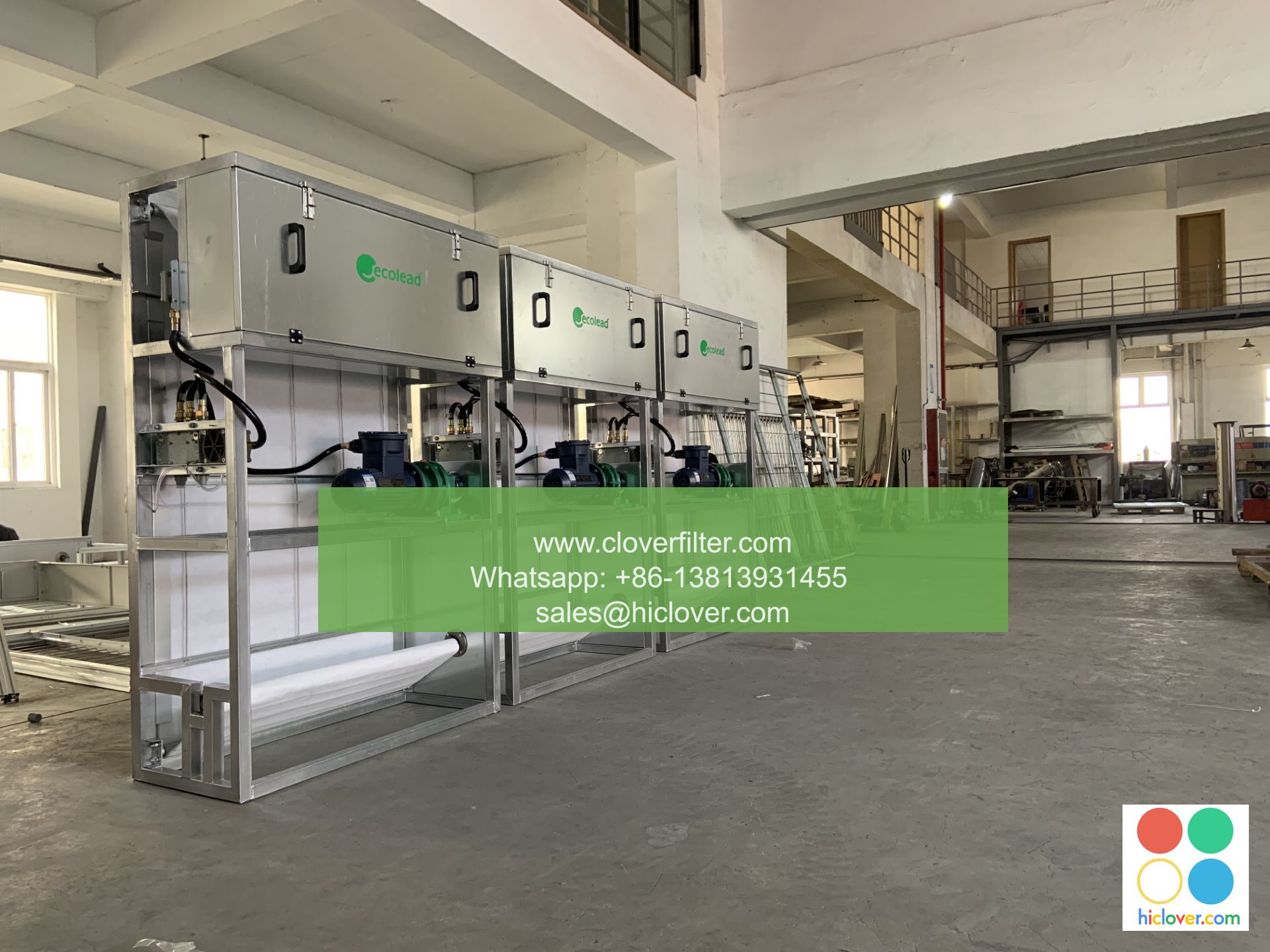Development of a Novel Air Filter Material for Improved Pollution Control

The development of novel air filter materials is crucial for improved pollution control, as air pollution has become a significant concern worldwide. The increasing levels of particulate matter (PM), nitrogen dioxide (NO2), and other pollutants in the air have led to various health problems, including respiratory issues and cardiovascular diseases. To address this issue, researchers have been working on creating innovative air filter materials that can efficiently capture pollutants and improve indoor and outdoor air quality.
Key Challenges in Air Filter Development
The development of effective air filter materials faces several challenges, including the need for high filtration efficiency, low pressure drop, and long-term durability. Traditional air filter materials, such as activated carbon and fiberglass, have limitations in terms of their filtration efficiency and capacity. Furthermore, they can be expensive and may not be suitable for all applications. Therefore, there is a need for novel air filter materials that can overcome these challenges and provide improved pollution control.
Novel Air Filter Materials
Recent advancements in materials science and nanotechnology have led to the development of novel air filter materials, including nanofibers, graphene, and metal-organic frameworks (MOFs). These materials have shown promising results in terms of their filtration efficiency, selectivity, and capacity. For example, nanofibers have been shown to capture PM and other pollutants with high efficiency, while graphene-based air filters have demonstrated excellent gas separation properties.
Application Areas of Novel Air Filter Materials
The novel air filter materials have various application areas, including:
* Indoor air purification: Novel air filter materials can be used in indoor air purification systems to remove pollutants and improve indoor air quality.
* Vehicle emissions control: These materials can be used to develop more efficient catalytic converters and particulate filters for vehicles, reducing emissions and improving air quality.
* Industrial pollution control: Novel air filter materials can be used in industrial settings to capture pollutants and reduce emissions.
* Personal protective equipment: These materials can be used to develop more efficient respirators and masks, providing better protection for individuals working in polluted environments.
Benefits of Novel Air Filter Materials
The development of novel air filter materials has several benefits, including:
* Improved air quality: Novel air filter materials can capture pollutants more efficiently, improving indoor and outdoor air quality.
* Reduced healthcare costs: By reducing exposure to pollutants, novel air filter materials can help reduce healthcare costs associated with air pollution-related illnesses.
* Increased energy efficiency: Novel air filter materials can be designed to be more energy-efficient, reducing the energy required for air purification and filtration.
* Enhanced sustainability: These materials can be designed to be more sustainable, using recyclable materials and reducing waste.
Future Directions
The development of novel air filter materials is an ongoing field of research, with new materials and technologies being developed continuously. Future directions include:
* Nanotechnology-based air filters: The use of nanotechnology to develop air filters with improved filtration efficiency and selectivity.
* Biodegradable air filters: The development of biodegradable air filters that can reduce waste and improve sustainability.
* Smart air filters: The development of smart air filters that can monitor and adjust to changing air quality conditions.
In conclusion, the development of novel air filter materials is crucial for improved pollution control and has various application areas, including indoor air purification, vehicle emissions control, industrial pollution control, and personal protective equipment. These materials have several benefits, including improved air quality, reduced healthcare costs, increased energy efficiency, and enhanced sustainability. As research continues to advance, we can expect to see new and innovative air filter materials being developed to address the growing concern of air pollution. You haven’t asked a question or provided any context. Please provide more information or ask a question, and I’ll do my best to assist you.

